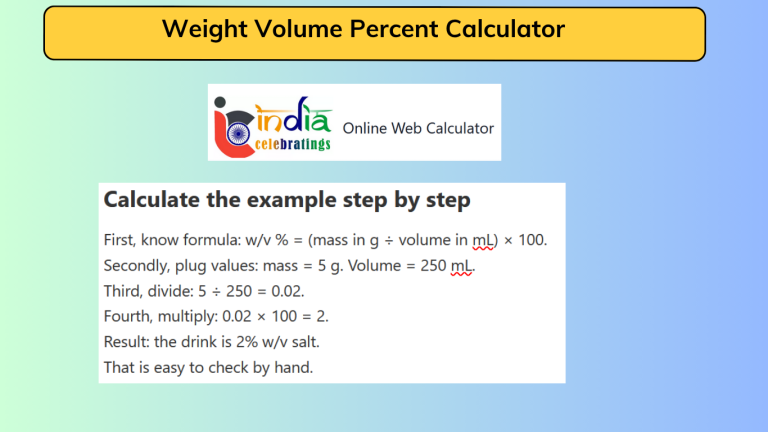Snow Load Weight Calculator
What is the Snow Load Weight Calculator?
Imagine a useful tool that helps you estimate how much weight snow places on a roof. That’s exactly what a snow load weight calculator does. It enables you to input roof dimensions, snow depth, slope, and density and then determines the total load the snow exerts.
Why calculate snow load for your roof?
Suppose an engineer is teaching a group of learners on a site. He points to a flat roof that measures 20 feet by 30 feet. He says: “If this roof is covered by wet snow two feet deep, we need to figure out how heavy that snow is, so we can assess whether the structure holds it.” He shows how snow accumulates more on flat surfaces and how wet snow weighs more than fluffy snow.
By calculating now, the instructor ensures that the roof remains safe rather than waiting until damage appears.
How to calculate the values step by step
- First, know the basic formula. For a flat roof calculation you might use:
Snow load (pressure) = thickness × density.
Sec - Secondly, you determine the roof area: 20 ft × 30 ft = 600 ft².
- Thirdly, estimate snow thickness: 2 ft of wet snow.
- Fourthly, estimate density: wet snow might weigh around 20 lb/ft³ (just example).
- Fifthly, calculate load per square foot: thickness (2 ft) × density (20 lb/ft³) = 40 lb/ft².
Then multiply by area: 40 lb/ft² × 600 ft² = 24,000 lb total snow weight.
Thus the calculator gauges that this roof currently bears roughly 24,000 pounds of snow.
Finally, compare that number with what the structure is rated for; if it’s less, you may need to clear snow.
Final Words
In short, using a snow load weight calculator gives you a fast, reliable check to avoid structural risk. It’s much simpler than doing all the math by hand and really matters when heavy snow hits. Ultimately, it helps you stay on top of safety.


